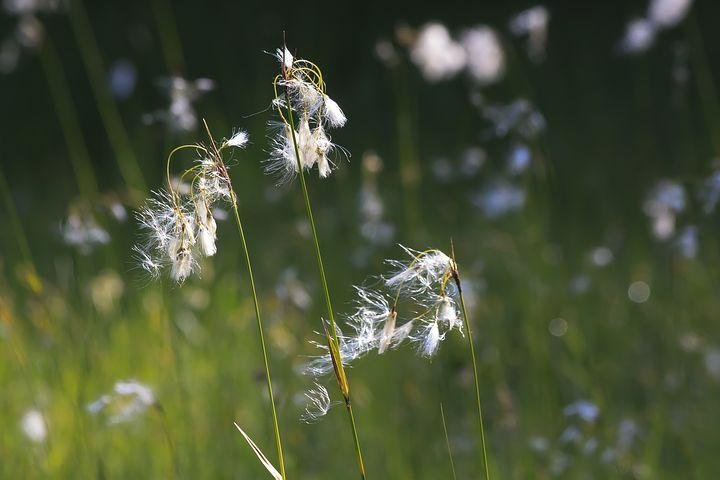IMAGE SOURCE:https://pixabay.com
Nigerians are fashion-minded set of people. A typical Nigeria man usually wear agbada and a typical Nigeria woman will put on a lace cloth as traditional dress. However, in this modern era Nigerians have adopted the whites mode of dressing.
Have you ever wondered what Nigerians cloths are made of? Surprisingly, the material is gotton from a plant. The commonest material used for making cloths in Nigeria is cotton. Cotton has been in use for making cloths thousands of years ago.
Cotton is very cheap, and does not require a whole lot of processes to be manufactured. It is easy to wash and stronger than wool.
After the cotton has flowered, the seed pod remains unopened until it is ripe, it will then open. It was really a hectic job to be seperating the fibres from the seeds, since is done by hand years ago as there was no machine to perform the task yet.
"In 1793, over two hundred years ago, an inventor named Eli Whitney invented a machine which could separate the seeds from the cotton much faster. It was called a cotton engine, or cotton gin, for short".
The cotton is put on the top of the machine, then a handle will be used to turn a wooden cylinder inside. There are rows of sharp metal teeth attached to the outside of the cylinder. When the cylinder is turned, the teeth will then passed through the narrow slots, which will in turn pull the cotton fibres through. The seeds will then fall down into a container below because they are too large.
Sudan remains the biggest producer of cotton in Africa, while Nigeria is the best in West Africa. The Northern part of Nigeria are known for planting alot of cotton.
One of the advantages of the crop is that it offers employment for people, it also provides cotton for Nigeria's textile industries. Lastly, it can also be used as feed for livestock and oil.
References: Junior English Project for Secondary Schools by Silas Nnamaou, Neville Grant.
Image source:https://pixabay.com


